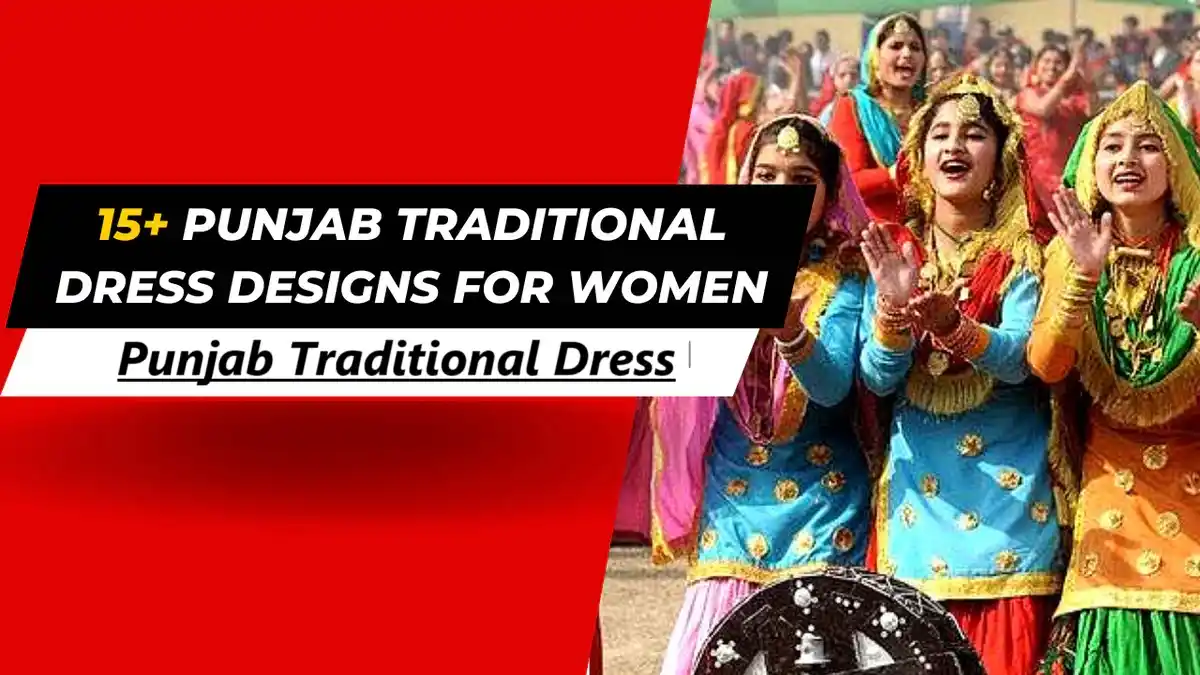Punjab Traditional Dress: A Vibrant Reflection of Cultural Heritage
Punjab, a land known for its rich culture and traditions, boasts a unique and colorful dress code. The traditional attire of Punjab represents its deep-rooted heritage, blending elegance with comfort. Let’s explore the significance, history, and variations of Punjab’s traditional dress for men and women.
History and Evolution of Traditional Dress in Punjab
The clothing of Punjab has evolved over centuries while preserving its cultural essence. Initially, Punjabis wore garments made from cotton and silk, designed for comfort in the region’s varying climate. Over time, the attire adapted to changing fashion trends while retaining its traditional charm.
Significance of Traditional Punjab Dress in Cultural Celebrations
Punjabi clothing is deeply tied to festivals, weddings, and other cultural events. Bright colors, intricate embroidery, and flowing silhouettes reflect the joyous spirit of Punjabi celebrations. From Baisakhi to Lohri, traditional attire plays a crucial role in showcasing Punjab’s festive spirit.
Traditional Attire for Women: A Closer Look at Punjab Dress Culture
Salwar Kameez – The Essence of Punjabi Women’s Attire
The salwar kameez is the most popular and widely worn outfit by Punjabi women. It consists of:
- Kameez – A long tunic with elaborate embroidery.
- Salwar – A loose-fitting trousers with pleats.
- Dupatta – A long scarf that adds grace to the outfit.
Phulkari Embroidery – A Symbol of Punjabi Craftsmanship
The traditional Phulkari embroidery, known for its vibrant floral patterns, is an integral part of Punjabi women’s attire. It is often featured on dupattas, shawls, and even bridal outfits.
Punjabi Bridal Wear – A Blend of Tradition and Royalty
Punjabi brides wear heavily embroidered lehenga cholis or salwar kameez in bright hues like red, maroon, and gold. The ensemble is accessorized with traditional jewelry such as chooda, kalire, and maang tikka.
Traditional Attire for Men: A Display of Strength and Style
Kurta Pajama – The Classic Punjabi Outfit
The kurta pajama is the most common traditional attire for Punjabi men. It includes:
- Kurta – A long tunic, often with embroidered detailing.
- Pajama or Churidar – Fitted or loose trousers worn underneath.
Dhoti & Tehmat – The Traditional Rural Attire
Men in rural Punjab often wear dhoti or tehmat, paired with a kurta, reflecting their agricultural roots and traditional lifestyle.
Turban – The Pride of Punjabi Men
The turban (Pagg or Dastar) holds deep cultural and religious significance. It symbolizes pride, honor, and respect in Sikhism and Punjabi culture.
Accessories & Footwear in Punjabi Fashion
Punjabi Jutti – Traditional Footwear
The Punjabi jutti is a handcrafted leather shoe with intricate embroidery, complementing both men’s and women’s attire.
Jewelry & Accessories
- Paranda – A colorful tassel worn by women in their braids.
- Nath – A nose ring often worn by brides.
- Kada – A steel or gold bangle symbolizing strength and faith in Sikh culture.
Modern Influence on Punjab’s Traditional Dress
While traditional Punjabi clothing remains iconic, modern influences have led to fusion trends. Indo-western outfits, designer Phulkari jackets, and modified salwar suits are now popular among the younger generation, blending tradition with contemporary fashion.
Conclusion
The traditional dress of Punjab is not just attire; it is a symbol of culture, heritage, and identity. Whether worn during festivals, weddings, or daily life, Punjabi clothing continues to celebrate the vibrancy and richness of Punjab’s traditions.
The capital of Punjab is Chandigarh, a city known for its modern architecture and urban planning. Chandigarh, designed by Swiss-French architect Le Corbusier, serves as Punjab and Haryana’s capital. The city is famous for gardens like the Rock Garden and Sukhna Lake, blending nature and modernity. Chandigarh is both a political center and a cultural hotspot, showcasing Punjab’s vibrant traditions.





